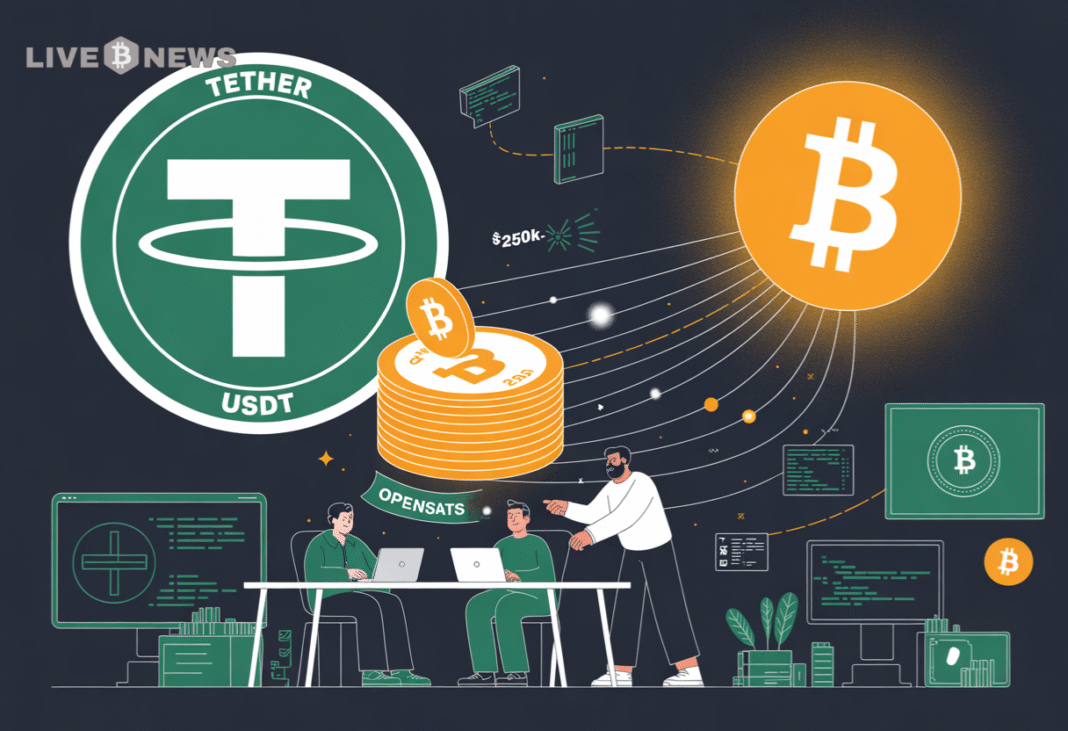1kx Report: On-chain economy surpasses $20 billion; fee growth indicates real demand driving industry into maturity.
PANews reported on October 31st that venture capital firm 1kx released its "Onchain Revenue Report H1 2025," which aggregates on-chain verification data from over 1200 protocols. The report shows that the crypto industry's "on-chain economy" has formed a $20 billion ecosystem and is growing rapidly. The report points out that on-chain fees have become the most direct indicator of real market demand. DeFi protocols still account for 63% of total on-chain fees, but emerging sectors are growing rapidly: wallet revenue increased by 260% year-over-year, consumer applications by 200%, and DePIN (Decentralized Physical Infrastructure Network) by 400%. Meanwhile, Ethereum's share of the overall market has declined, although its transaction fees have decreased by 86% since 2021, but the number of ecosystem protocols has expanded eightfold.
1kx points out that a mismatch between market capitalization and actual revenue is emerging: the top 20 protocols account for 70% of on-chain fees, but the market capitalization of DeFi projects is only 17 times their revenue, while the average valuation of public chains is as high as 3900 times, showing investors' premium for "nation-level" narrative assets. Looking ahead, 1kx predicts that total on-chain economic fees will reach $32 billion by 2026, a year-on-year increase of 63%, mainly driven by RWA (Real-World Asset Tokenization), the DePIN network, wallet monetization, and consumer-grade crypto applications. The report believes that with increased regulatory clarity and infrastructure expansion, the on-chain economy is entering a "mature stage"—a new cycle driven by usage, revenue, and value distribution.
You May Also Like

Crypto News: Tether Reports $10B Profit and Record $135B in U.S. Treasuries

Bitcoin Mining Company Files Suit to Remain Operational in Hood County
